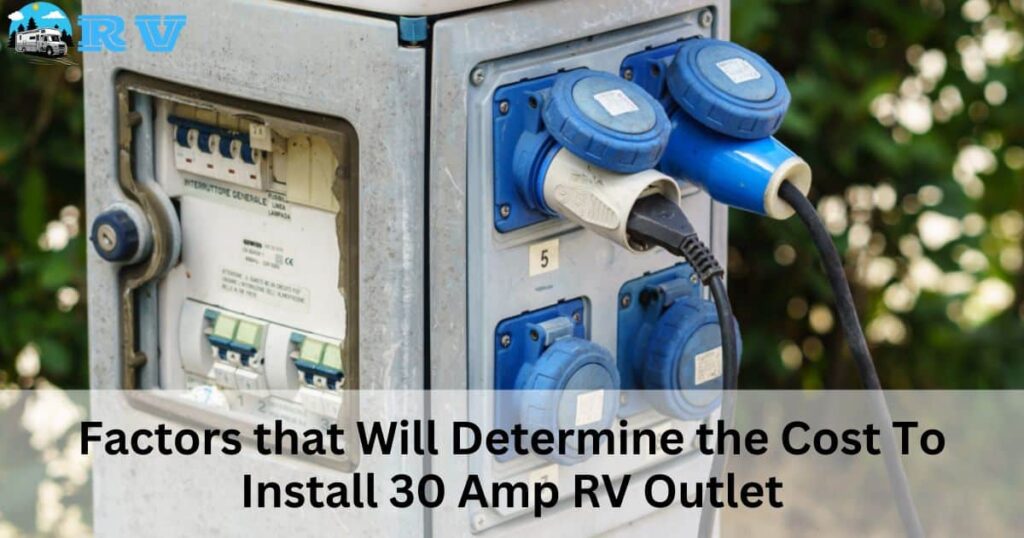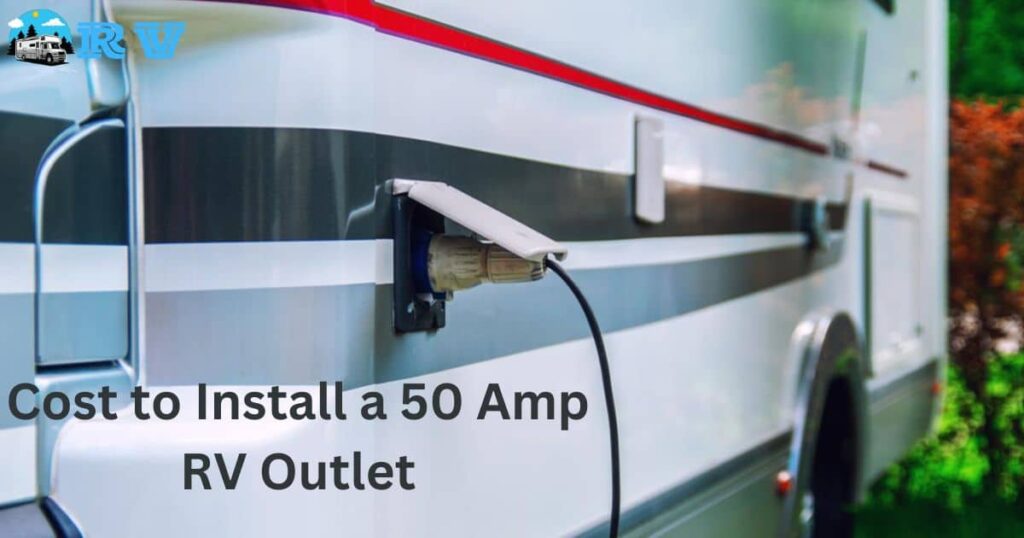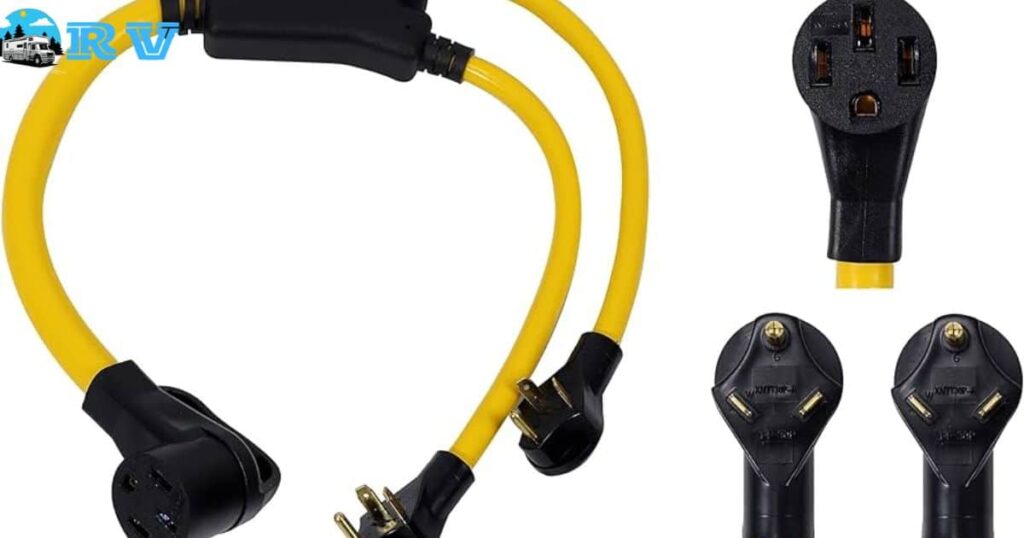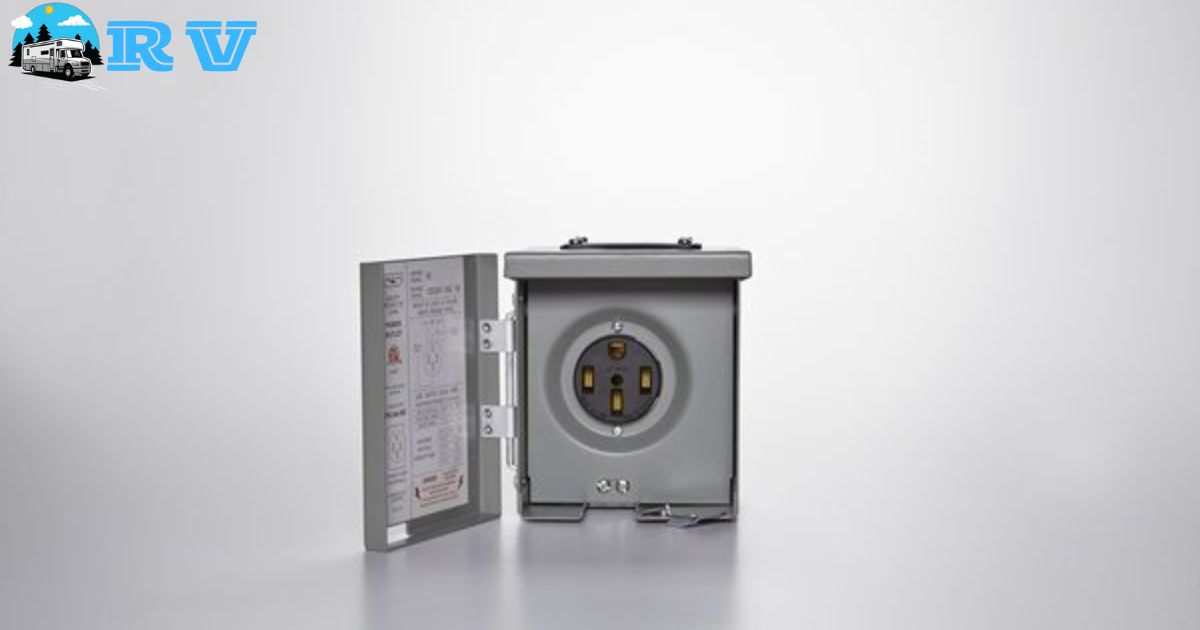Having an RV outlet installed on your property provides a convenient way to power a recreational vehicle. Determining the cost to add a 30 amp RV outlet depends on several important factors. The total price can range widely, with most homeowners paying between $1,000 and $1,200 for parts, labor, permits and inspections. The final cost is influenced by variables like existing electrical infrastructure, materials required, electrician hourly rates in your area, and the complexity of running new wires to the outlet site.
With some basic details about your electrical setup, an experienced electrician should be able to provide a more accurate estimate specific to your project. Expect to pay on the lower end of the range if you have an existing RV-ready box that just needs to be wired and hooked up. Prices go up if trenches need to be dug, conduits laid, new breakers installed, or other complications arise.
Getting multiple quotes is wise since installer rates can vary. This article explores the typical 30 amp RV outlet installation cost ranges and considerations in further detail, so you can budget appropriately for this very convenient home upgrade.
Factors that Will Determine the Cost To Install 30 Amp RV Outlet

The main factors that impact the total cost to install a 30 amp RV outlet include:
Location and Access
Where you want to locate the outlet and how easy it is to access are key cost drivers. If the site is far away from your main electrical panel, requires wiring to be run underground or through walls, or needs pavement or landscaping torn up and repaired, expect added expenses.
Electrical Infrastructure and Setup
If your home’s electrical system has enough capacity and there is an existing unused circuit with a ground wire that can support another outlet, costs will be lower. Upgrading panels, running new wiring, installing new breakers, dealing with older knob-and-tube systems, or adding ground wires takes more work and materials.
Materials Needed
A new exterior weatherproof outlet, the correct gauge wire, conduit, breakers, junction boxes, and other parts add up. Specialty adapters for connecting the RV plug or hardwired outlet run the gamut of $10 to $100 just in materials.
Electrician Hourly Rates
Labor costs make up a significant portion of the total bill. Electrician installer fees ranging from $50-$200 per hour are typical, with complex jobs taking 10 hours or more. Paying prevailing union wages could make hourly rates even higher.
Permitting and Inspection Costs
Most areas require electrical permits and inspections when adding new circuits and outlets. These application and inspection fees generally range from $0 to $200, sometimes more, and are usually quoted separately.
Other Considerations
Special circumstances like upgrading an overloaded electrical service, running long distances to reach a suitable outlet site, difficult terrain necessitating extra equipment, or fix-up work like patching holes and repainting can all quickly increase the final installation tab.
When getting estimates for adding a 30 amp RV outlet, ask electricians about these cost factors so you understand what is involved. Taking the time to get quotes from 2-3 local electrical contractors allows you to compare approach, materials, hourly rates and overall pricing to find the best value. Knowing your main electrical panel’s capacity and breaker setup also helps electricians gauge how straightforward or complex your 30 amp RV outlet installation job might be.
How Much Does a 30 Amp Breaker Cost?
The price of a 30 amp breaker can vary depending on a few key factors:
- Brand: Familiar brands like Square D and Eaton tend to be pricier than lesser-known ones.
- Features: Basic breakers are the most economical, while those with safety features like GFCI (Ground Fault Circuit Interrupter) or AFCI (Arc Fault Circuit Interrupter) will cost more.
- Retailer: Online retailers often offer lower prices than physical stores, though you might incur shipping costs.
- Bulk discounts: Buying multiple breakers together can sometimes earn you a discount.
Here’s a general idea of 30 amp breaker costs:
- Standard: $15-$30
- GFCI: $30-$50
- AFCI: $40-$60
Remember, these are just estimates, and the actual price you pay may be higher or lower. Here are some additional things to consider:
- Compatibility: Ensure the breaker you choose works with your specific electrical panel.
- Amperage needs: Select a breaker with the appropriate amperage rating for your appliance or circuit.
- Return policy: Check the return policy before purchasing in case you need to exchange the breaker.
Here are some tips for saving money:
- Shop around: Compare prices from different retailers before committing.
- Buy in bulk: If you need multiple breakers, consider buying them together for a discount.
- Look for sales: Keep an eye out for deals and promotions on breakers.
- DIY installation: If you’re handy and comfortable with electrical work, installing the breaker yourself can save you money. Just be sure to prioritize safety and follow all necessary precautions.
By following these tips, you can find the best deal on a 30 amp breaker that meets your needs and budget.
Cost to Install a 50 Amp RV Outlet

The cost of installing a 50 amp RV outlet can vary widely depending on several factors, but typically ranges from $500 to $1,500. Here’s a breakdown of the main factors that affect the cost:
Labor
- Electrician’s hourly rate: Electricians’ rates vary depending on their experience, location, and demand. Expect to pay between $50-$200 per hour.
- Complexity of the installation: A simple installation near your existing electrical panel will be cheaper than one that requires trenching, running conduit, or upgrading your electrical panel.
Materials
- 50 amp outlet: The outlet itself costs around $50 to $100.
- Circuit breaker: A 50 amp double-pole breaker costs around $50 to $100.
- Electrical wire: The type and length of wire needed will depend on the distance from your panel to the outlet. 6/3 wire is typically used for 50 amp circuits and costs around $2 to $4 per foot.
- Conduit (optional): If you need to run the wire underground or through a wall, you’ll need conduit, which costs around $1 to $2 per foot.
- Post or mounting bracket: If you’re installing the outlet on a post, you’ll need a pressure-treated post or a mounting bracket. These can cost anywhere from $20 to $100.
Permits and inspections
- Some localities require permits for electrical work. The cost of a permit is typically around $50 to $100.
- Your electrician may also need to have the installation inspected by a qualified electrical inspector. The cost of an inspection is typically around $100 to $200.
Additional factors that can affect the cost
- Whether you do any of the work yourself: If you’re handy and can do some of the work yourself, such as trenching or digging the post hole, you can save on labor costs.
- The availability of electricians in your area: In areas with high demand for electricians, you may pay more for labor.
- The type of outlet you choose: There are different types of 50 amp outlets available, with some being more expensive than others.
Here are some tips for saving money on the cost of installing a 50 amp RV outlet:
- Get multiple estimates from different electricians.
- Do any of the work yourself that you can safely do.
- Choose a simple installation location that is close to your existing electrical panel.
- Consider installing a smaller outlet, such as a 30 amp outlet, if you don’t need the full power of a 50 amp outlet.
Cost to Install RV Hookups on Your Property
The price of setting up RV hookups on your property can vary greatly, depending on several factors. Here’s a breakdown to help you estimate the cost:
Main Factors
- Level of Service: Do you want a professional to handle everything, or are you willing to tackle some tasks yourself? Professional installations typically range from $500 to $1,500, while DIY options can bring the cost down to $200 to $300, but require technical knowledge and physical effort.
- Complexity of Installation: The length and difficulty of running wires, trenching needs, and proximity to your existing electrical panel all play a role. A simple setup near your house will be cheaper than one requiring extensive trenching or panel upgrades.
- Number and Type of Hookups: Do you need just electricity, or also water and sewer? Each adds to the cost, with 50-amp electrical hookups being the most expensive due to their higher power demand.
Cost Breakdown
- Labor: Electricians’ rates vary, but expect to pay between $75 and $150 per hour. The complexity of the job will determine the number of hours needed.
- Materials: Outlets, wires, conduit (if needed), post or mounting bracket, and circuit breakers all contribute to the material cost. A 50-amp outlet alone can cost $50 to $100.
- Permits and Inspections: Some areas require permits and inspections for electrical work, adding $50 to $200 to the overall cost.
Saving Tips
- Get multiple quotes: Compare prices from different electricians before making a decision.
- DIY some tasks: If you’re comfortable with minor tasks like digging or trenching, you can save on labor costs.
- Choose a simple location: The closer the hookup is to your existing electrical panel, the less trenching and wire you’ll need, thus reducing the cost.
- Consider smaller outlets: If you don’t require the full power of a 50-amp outlet, a 30-amp option may be more affordable.
Additional Costs
- Upgrading your electrical panel: If your current panel can’t handle the additional amp draw of the RV hookup, you might need an upgrade, which can be expensive.
- Landscaping restoration: After trenching and installation, you may need to restore the landscaping, adding to the total cost.
Can you run a 30 AMP RV on a 110 Outlet?
While a standard 120-volt, 15 or 20 amp household outlet may seem an easier and cheaper way to plug in an RV, it is not advisable. Most RVs require a 30 amp or 50 amp 240-volt outlet to run essential appliances and systems. Trying to operate an RV only off a weak 110-120 volt outlet can blow fuses, trip breakers, damage appliances, melt extension cords, and present fire or electrocution hazards.
It may power a couple small lights and chargers initially but will not safely sustain an RV’s electrical loads for long. RV outlets have higher 240V capacity for a reason – to deliver sufficient electricity. Using adapters to try and jump from a 110 outlet should be avoided, even in emergencies.
Is a 30 amp RV plug 120 or 240?

A 30 amp RV outlet and plug is designed to provide 240-volt power. Most RVs, particularly larger motorhomes and travel trailers, run on a 240-volt, 30 amp shore power system. This means there are two 120-volt “hot” lines that supply the appliance and lighting circuits, totaling 240 volts when combined. There is also a neutral line and ground wire.
So while an RV has standard 120-volt appliances and lights on board, having a dedicated 30 amp, 240-volt hookup delivers the higher capacity they need to run without issue. This is more power than a common 120-volt household or garage outlet can provide to operate RV systems safely and efficiently.
Frequently Asked Questions
How much does it cost to add an RV plug to your house?
Adding an RV plug to your house can run between $500 and $1,500, depending on how complex the job is.
How much does it cost to install a 30 amp circuit?
Installing a 30 amp circuit typically costs $200 to $300 for DIY options, or $500 to $1,000 if you hire a pro.
What do I need to plug my 30 amp RV into my house?
To plug your 30 amp RV into your house, you’ll need a special 30 amp outlet and a GFCI breaker. Play it safe and hire an electrician for the installation.
What size breaker do I need for a 30 amp RV outlet?
A 30 amp double-pole breaker is what you need for your 30 amp RV outlet. Make sure it matches your electrical panel.
Conclusion
Having an RV outlet installed brings great convenience, allowing you to power a recreational vehicle right from home. Costs vary widely based on site location, existing electrical system, materials, electrician rates, permits and complexity. Most RV owners spend $1,000 and $1,200 to add either a 30 amp or 50 amp outlet.
Key drivers include accessing the desired location, necessary infrastructure upgrades, parts needed, local electrician pricing, and inspection fees. With details about your electrical panel and an understanding of cost variables, RV outlet installation estimates can be more precise. Getting multiple quotes allows comparison so you can set an accurate budget for this very useful home improvement project.











